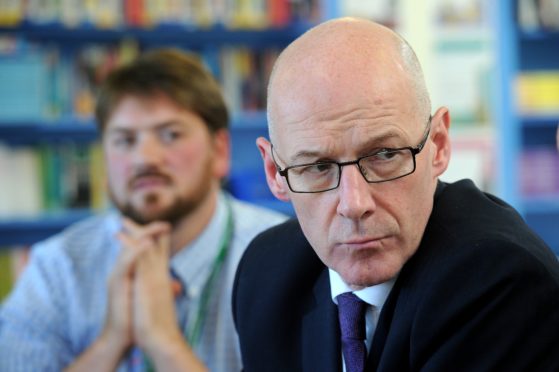Exam chiefs lowered the pass threshold for maths across the board and performance still dipped, it has been revealed.
Figures released yesterday show there was a 2.1% drop in passes for maths at Higher level – despite a reduction in grade threshold levels.
Shadow education secretary Liz Smith said the changes made the results “even more disappointing” and claimed it was more evidence of the SNP’s “neglect” of education.
This year pupils needed to secure 67% for an A in maths at Higher, and 44% for a C. To gain a D award, students needed to reach 32%.
That compares to 2018’s thresholds of 73% for an A, 48% for a C, and 42% for a D.
Ms Smith said: “These are damning statistics which show the extent of the current issues facing the Curriculum for Excellence.
“While grade boundaries are a vital tool within examination marking, there is a very worrying trend developing in the core subject of maths.
“It seems that pupils can routinely collect a pass in maths for less than 50% and also acquire a D award at Higher for as low as 32%.
She added: “That trend is surely a very major concern and, once again, it raises issues about the lack of rigour within the new curriculum.
“That cannot be allowed to continue since it further undermines the previous strengths of Scottish education.”
Deputy First Minister John Swinney, said: “The process of setting grade boundaries is a routine part of every exam system and is undertaken by experts at the SQA completely independent of Government.
“Grade boundaries can be adjusted to ensure the same standard of work meriting an A one year merits an A the following year.”










